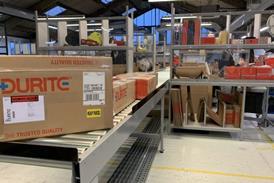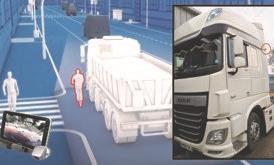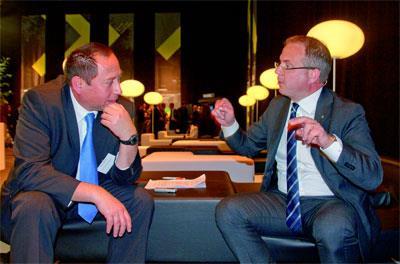
Late last year, Scania held a high level conference in Brussels to discuss how European road freight transport can cut CO2 emissions while remaining competitive. MT caught up with recently appointed Scania chief executive Martin Lundstedt at the event.
At its annual conference held in Brussels last year, Scania took on one of the biggest issues facing road transport in the next decade – how the industry can develop sustainably yet profitably, and how Scania as a truck maker can help operators achieve these two seemingly incompatible goals.
Scania believes sustainability and profitability can go hand in hand and that there is no conflict between making customers as profitable as possible while ensuring they are also safe, efficient and environmentally sustainable.
But one of the opening speakers, Humberto Delgado Rosa, director, DG Climate Action, at the European Commission, said that heavy trucks had not come as far as light CVs and cars in reducing carbon emissions and warned that much more had to be done.
“We are aiming for a 60% cut in greenhouse gas emissions from road transport by 2050,” said Delgado Rosa. “Cars and vans already have limits on the g/km of C02 they emit – the average is now 135 and we are aiming for 90 for cars and 147 for vans by 2020.
“We are also looking at incentives for more efficient trucks – not as much achieved there as in cars and vans. We know a truck not just a big car and there is no pan-Euro standard to measure emissions.”
Market failure
Delgado Rosa added: “Fuel efficiency improvements have stabilised since the 1990s so we will do something about it. There is the potential to cut emissions by 30% but the jury is out on how to achieve that by 2030. The lack of adoption of fuel saving measures is a market failure – but we don’t know why.”
In response, Lundstedt (pictured right with MT editor Steve Hobson, told MT that achieving the 30% saving Delgado Rosa mentioned wasn’t just about a more fuel efficient truck.
“In my opinion it is not just about fuel saving,” he said. “For me it is what is the impact of transport in the production flow.”
To get a better understanding of the impact of logistics on the supply chain, and how the deep cuts in CO2 emissions the Commission wants to see can be made, Scania has carried out an indepth study of its own production and logistics systems.
“If we look at our production plant, what is the real uptime today?” Lundstedt asked. “Maybe it is 80% so 20% still is downtime for maintenance, repairs etc. Logistical flows are more complex – there are more parties involved and if you can achieve a flow that is optimised in terms of waiting, idling, downtime etc maybe there you have the 20% or 30% improvement, so it’s not only the fuel itself.
“We often say everything can be done by technology – and I am a strong believer in technology – but there is also a system optimisation opportunity that we are not taking in the whole logistical flow. That is why we did the study of our own logistics, to understand what is happening and what demands we make as a purchaser of transport. We learned a lot from it, and it makes us a much better provider of equipment and services. We have taken quite a significant step in logistical thinking without having any intention to be a logistics company ourselves.”
No compulsion
Lundstedt does not want to see operators compelled to adopt fuel saving technology, and believes that market forces will ultimately mean truck buyers will see the value of specifying more fuel efficient trucks and driver aids.
“How many customers are going for the latest technology like Opticruise [Scania’s advanced GPS-enabled cruise control] or the best gear ratios for economy?” he asked. “Every customer has to make the choice of what they want to achieve, one of which may be average speed.
“But we have found in our own Transport Laboratory that the best driver – who is a woman actually – doesn’t sacrifice average speed for economy. If you are really good at anticipating you get good economy, safety and average speed.
“That is why we are working with the Young European Truck Driver of the Year - the driver side of it is as important as the technology. Driver, technology, logistical system – everything must work together so I am not in favour of forcing technology in. I am in favour of pulling out the best of technology, the equipment, the driver, the transport companies and Scania – that is true sustainable development.”
Customer resistance
Lundstedt is only too award that the problem for operators is that too often their customers will not pay extra for green transport, so it is difficult to justify the extra cost of low carbon vehicles.
“That is the reason why we need to work not only with logistics companies,” he said. “We need to go to the big retailers for example who are saying they want to reduce their CO2 impact by 20% and say ‘we can help you with half of it, are you interested?’. Then we need to see who are the stakeholders who are taking care of that goal, not only the purchasing department.
“Then you must get away from the normal contractual agreements in the supply chain which tend to be limiting. They say ‘when I have achieved my part, the rest I keep for myself’ but if you want to have true continuous improvement you must have incentives where the things we find together we share.”
Despite Delgado Rosa’s assurance that the Commission understands that trucks are not big cars and will be regulated accordingly, Lundstedt still worries that the same gm of CO2 per km limits will be applied to heavy trucks.
“Yes I am concerned about that,” he said. “But we have had good discussions with the Commission and national authorities. We think that any legislation must be on gm per tonne-km - it must be reinforcing efficiency because efficiency in logistics is so important for the competitiveness of Europe. We should not sub-optimise our vehicles with the wrong incentives. I can understand why they do that on cars and vans but trucks are production equipment and it is about optimising weight or volume and it is must be reworded so it is working in that direction.”
Fuel focus
Euro-6 is expected to be the last legislation requiring lower NOx and particulate emissions, leaving OEMs to once again focus on making trucks more fuel efficient. If as expected the first Euro-6 models prove to be no worse than Euro-5 on fuel consumption, how much more efficient can they get in future?
“As it stands, we can do maybe 1% or 2% a year depending on the operation,” said Lundstedt. “That is from the pure engine technology point of view, with even better control of fuel injection etc. But you will get the point where you get all the energy out that you can, and then you need to continue to work on auxiliary systems. Emissions focused activity is so important for us that it accounts for 60% to 70% of our complete R&D budget.”
While Scania and MAN insist that they will remain separate operations under the umbrella of their parent Volkswagen, Lundstedt concedes that it makes sense to pool resources to carry out fundamental research on reducing carbon emissions.
“That is one area where we are joining forces because we need to share research and technology development,” he said. “Batteries for example are a very interesting area – how can we improve the energy density. People always ask us about integration but it is really about intelligent co-operation and that is exactly what we did with Cummins on the HPI and XPI fuel injection systems. We couldn’t have done that on our own but we were able to do it with Cummins. So Scania, MAN and VAG have extensive R&D where it makes sense for us to co-operate.”

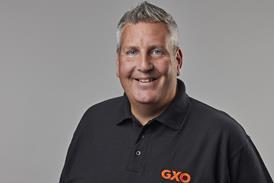
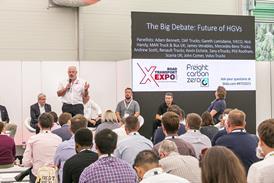
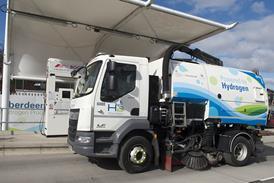


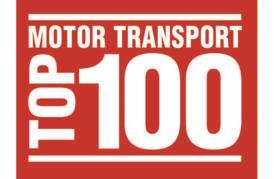
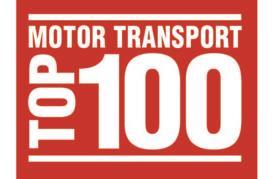
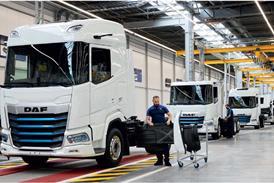
![Mercedes-Benz_eActros_600_(1)[1]](jpg/17820_mercedesbenz_eactros_600_11_978080.jpg)

